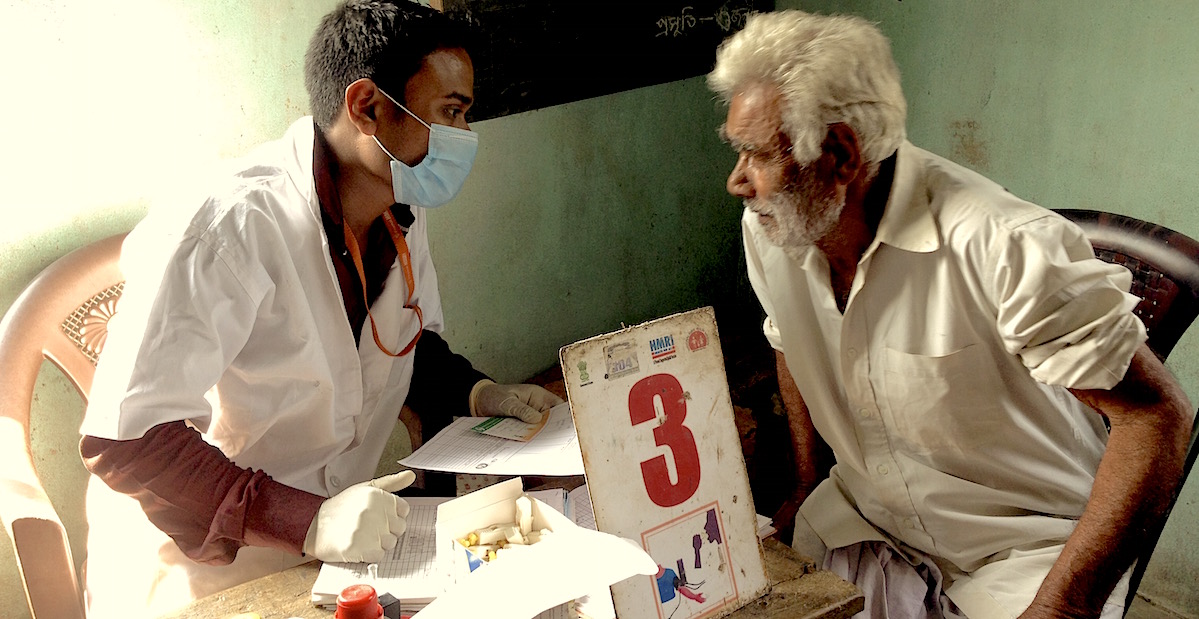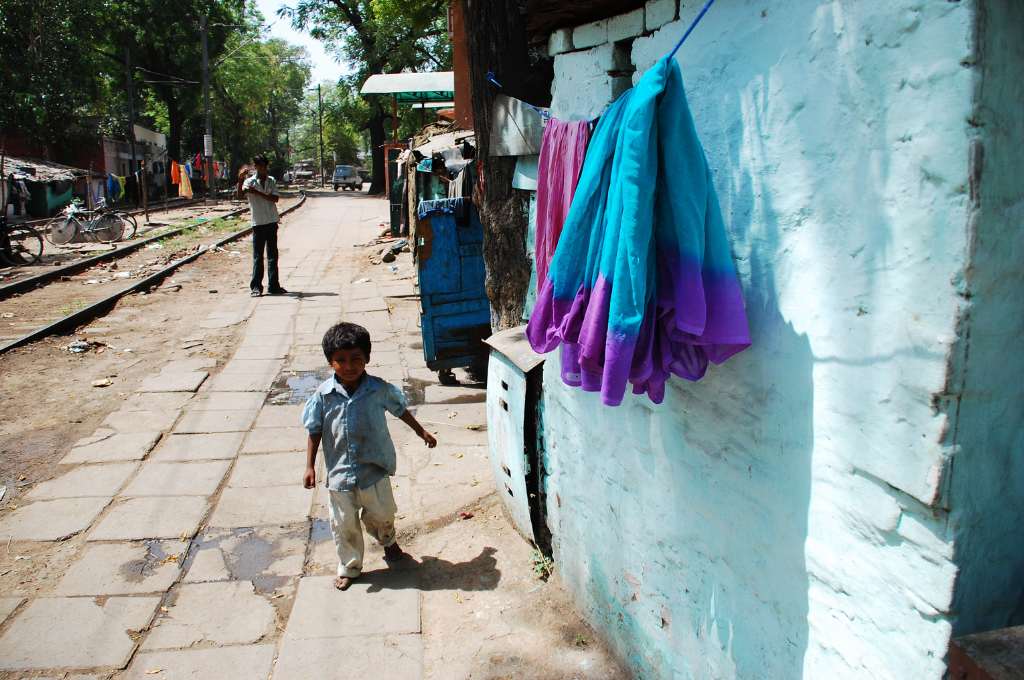Anita sits in the back of a crowded waiting room of a government hospital in Uttar Pradesh, her four-year-old son leaning weak and ill on her lap. He’s suffering from diarrhoea, one of the leading killers of children in India, and she had carried him to four village doctors before one finally persuaded her to take him to a hospital. Anita earns at most INR 10 a day, among the poorest of the poor, yet she was willing to pay to see local practitioners rather than seek free government care.
Something is seriously wrong
Development experts have long focused on improving access to healthcare. For example, there are far more government-funded health services available in Uttar Pradesh, India’s most populous state at nearly 224 million, than ever before. Yet, around 70 percent of healthcare in India is provided through the private sector, comprising both legally trained and illegal doctors. This can result in unnecessary expenses, inadequate or even dangerous treatments from unqualified practitioners, and the waste of public sector resources spent on underused facilities.
Why is this so?
- A lack of trust: Our own qualitative research consistently indicates that people make these choices only partially because the services are closer to home. They trust village doctors, who treat them with dignity. They are also wary of poor service in government health institutions, where there is evidence of poor treatment, a lack of respect for patients, and demands for out-of-pocket payments for services that should be free of charge.
- A lack of accountability: The government wants to see more people come to its facilities, but this will require a fundamental shift in thinking. As it stands, doctors, nurses and other healthcare providers are not held accountable for a lot of their actions. There are systems of accountability in India that could be powerful, but they are few and far between.
Changing the public perception of government health centres
The public sector needs to solve two problems–delivering better health outcomes and getting patients to come in–and each calls for different solutions.
To improve health outcomes, the government needs to improve the actual quality of care by focusing on the performance of the staff, the supply of medicines and the quality of infrastructure.
However, to improve patient footfall, they need to improve perceived quality of care. The levers tend to be non-medical issues such as accessibility, waiting time, privacy, time with a doctor, administrative efficiency, and other services such as food and lodging for families.

Photo Courtesy: Rachita Vora
Perception matters
People perceive that quality is better at informal providers even though the latter often mishandle common ailments (for example, prescribing antibiotics–not oral dehydration salts and zinc–for diarrhea in young children).
This quality perception is exaggerated by the fierce competition among private providers, which compels them to satisfy customers by focusing on the immediate relief of symptoms rather than the most effective treatment. In the public sector, by contrast, the disrespect patients endure extends to verbal or even physical abuse. Private providers–unqualified or licensed–would not retain patients if they treated patients that way.
Using customer feedback to fix it
Compared to the private sector, the government offers lifetime employment with little opportunity for reward or recognition. In other words, there is little incentive to behave better.
That is why we recommend that the government draws on a classic marketing technique: going straight to the consumer for feedback. They need to understand what rural and semi-urban patients value in health care; eventually, people must sense a real commitment to change.
Related article: Research, for whom?
Here are some ways in which governments can seek patient feedback:
- Pilot different methods: We recommend piloting and empirically testing different approaches and methods, perhaps in partnership with private entities that have available platforms for providing feedback.
- Make it accessible and unbiased: A feedback mechanism allowing people to share stories should be cell phone-based and run by an independent organisation.
- Keep metrics in mind: Careful consideration is needed to develop a panel of metrics for patient satisfaction that balance the need for correct medical care with the cultural and personal expectations of patients (for example, the widespread assumption that every malady requires antibiotics).
- Be committed: Above all, consumer feedback must go hand in hand with a commitment to improve infrastructure, training, and skills.
It’s not going to be easy
Creating a good feedback system for public health is a huge task, likely taking one to two years to establish. It requires a special cell at headquarters with a team of 10-20 people. There were some small feedback experiments in Uttar Pradesh with a helpline number posted in every hospital. But the project never took off as the helpline was handled by only two clerks, who didn’t always answer the phone.
The feedback also has to matter, because if it is not acted upon, citizens will lose interest. It must be integrated into the human resources management system of the staff, including annual performance reviews, promotions and transfers.
Some countries have already successfully implemented this kind of feedback loop on health. Practo.com allows urban patients in Brazil, India, Indonesia, Singapore and the Philippines to search private healthcare providers, read patient reviews of them, and add their own feedback. In the United Kingdom, iwantgreatcare.org provides similar search and feedback abilities for patients of the National Health Service. But there is no comparable platform in India today that reaches the three-quarters of Indians who live in rural areas.
Feedback may be just one step, but it’s an important one
Certainly, feedback alone cannot fix the country’s public healthcare system. It is critical to provide doctors and staff with an enabling environment and incentives to perform better–trainings, peer learning opportunities, well-functioning equipment and supplies delivered on time.
Yet, there is ample evidence from other countries that high levels of patient satisfaction are associated with key health outcomes. Satisfied patients had lower rates of re-admission, suffered less heart failure, and lower rates of post-surgery mortality.
Introducing accountability into government healthcare will require profound culture change. Respect for patients and a focus on results will not be easy to achieve. But if the government wants to build a strong public health system, it needs to start by listening to people like Anita.





